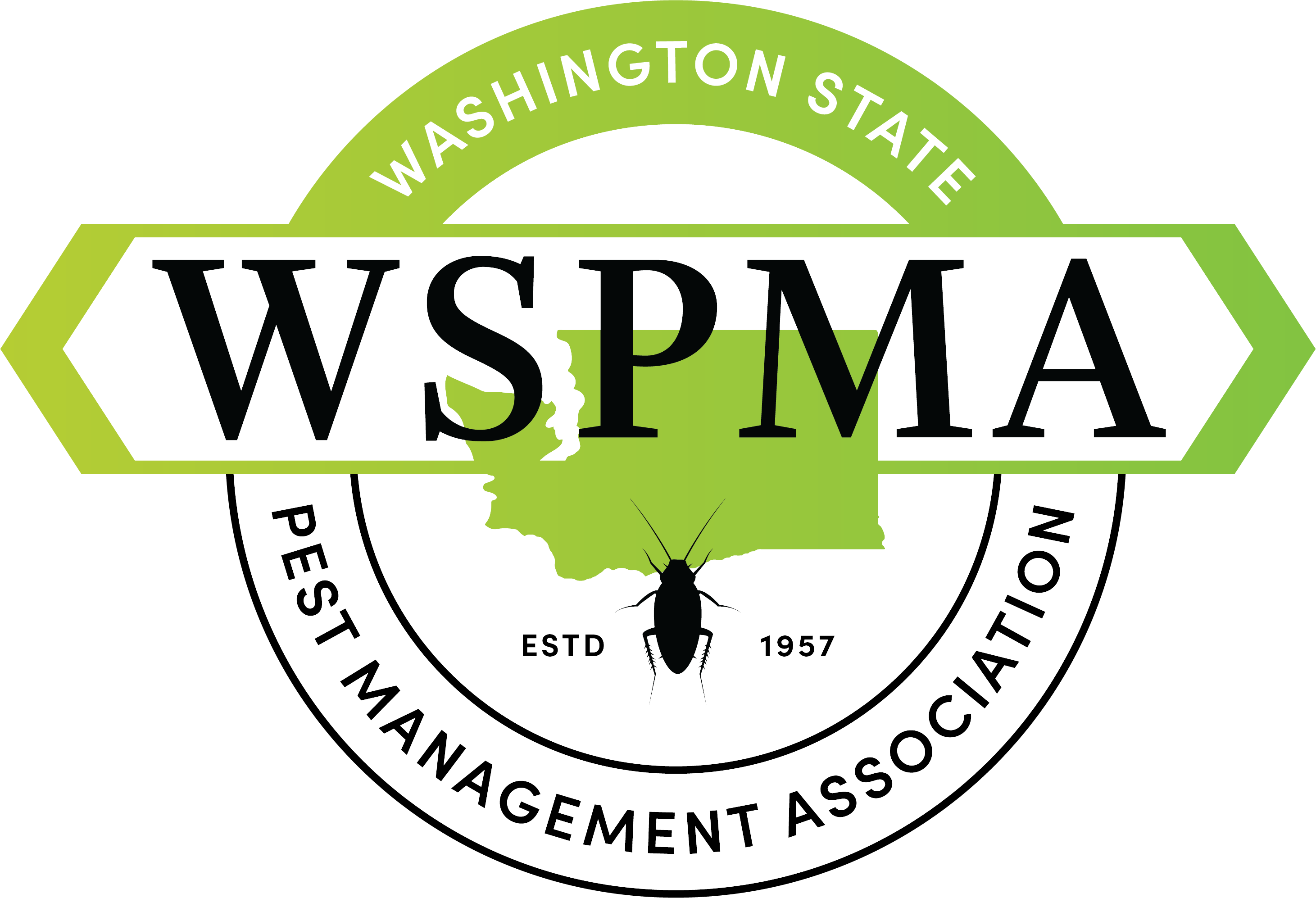Complete Story
04/03/2025
Tips for Introducing AI Dash Cams to Your Pest Control Fleet
In our industry, businesses depend on efficiency, safety, and trust. Whether responding to urgent infestations or handling routine inspections, your vehicles are always on the move.
To prevent accidents before they happen and protect your business from false accident claims, few tools are more impactful than AI-powered dash cams. But while you may recognize the benefits, your drivers might have concerns — especially when it comes to privacy and in-cab monitoring.
So, how can you successfully implement AI dash cams while keeping your team comfortable?
Addressing Driver Concerns Head-On
Your drivers may initially feel uneasy about AI-powered cameras, worrying about being constantly watched or judged. Here’s how to introduce the technology in a way that fosters trust and eases resistance to change:
- Be transparent about the purpose: Clearly communicate that the primary goal of AI dash cams is safety — not surveillance. Explain that these are just tools designed to prevent accidents, lower insurance costs, and protect both your drivers from false claims.
- Emphasize the benefits to drivers: AI dash cams provide objective evidence in case of accidents, which protects drivers from liability. They also offer real-time alerts for unsafe behaviors like tailgating and seatbelt non-compliance.
- Set clear usage policies: To ease concerns, establish clear policies about how footage will be used. Will it only be reviewed after an incident, or will it be monitored daily? Transparency builds trust and ensures drivers don’t feel micromanaged.
- Allow drivers to see the tech in action: Demonstrating how the dash cam actually works — such as detecting risky behavior and preventing accidents — can show your team firsthand that the goal is prevention, not punishment.
How AI Dash Cams Benefit Your Business
AI dash cams go beyond simple video recording to actively improve fleet safety and minimize extra costs. The LinxCam AI Dash Cam, for example, flags a variety of issues:
- Tailgating alerts: Warns drivers when following too closely, helping prevent rear-end collisions.
- Cell phone use alerts: Helps reduce distractions by notifying when a driver is using their phone.
- Seat belt detection: Encourages seat belt use by alerting when a driver isn’t buckled in.
- Camera tampering alerts: Ensures the system is functioning properly and prevents the camera from being unknowingly disabled.
With AI dash cams becoming more common, many insurers now offer discounts for fleets using AI dash cams due to the reduced risk of accidents and fraudulent claims. Plus, access to objective video evidence helps fleets defend against false claims and customer disputes.
Combined with GPS tracking solutions, AI Dash Cams are useful in coaching safer driving habits, reducing vehicle wear and tear, and improving routing to keep operations running efficiently.
Ensuring a Smooth Transition
The key to successful adoption is positioning AI dash cams as a tool for protection, not punishment. By addressing concerns upfront, demonstrating value, and setting transparent expectations, you can integrate this technology while easing resistance within your team.
The result? A safer fleet, lower costs, and greater peace of mind for both you and your drivers.
Linxup, a member of the WSMPA, makes it easy to get the most out of your vehicles, equipment, and crews in the field using easy, unified solutions for fleet efficiency and safety. With live, US-based onboarding and support, Linxiup is focused on being the best fleet tracking and safety monitoring solution for SMB companies in North America.

